Please use this blog post as it is intended, an overview of my own approach, reasoning and thoughts. We all work in different ways and I don’t present any of this as an absolute right or wrong, we do what works for us – for our own requirements, limitations, budget, enjoyment, skills, knowledge etc. etc.
That’s the caveat done with!
USING CAPTURE ONE PRO
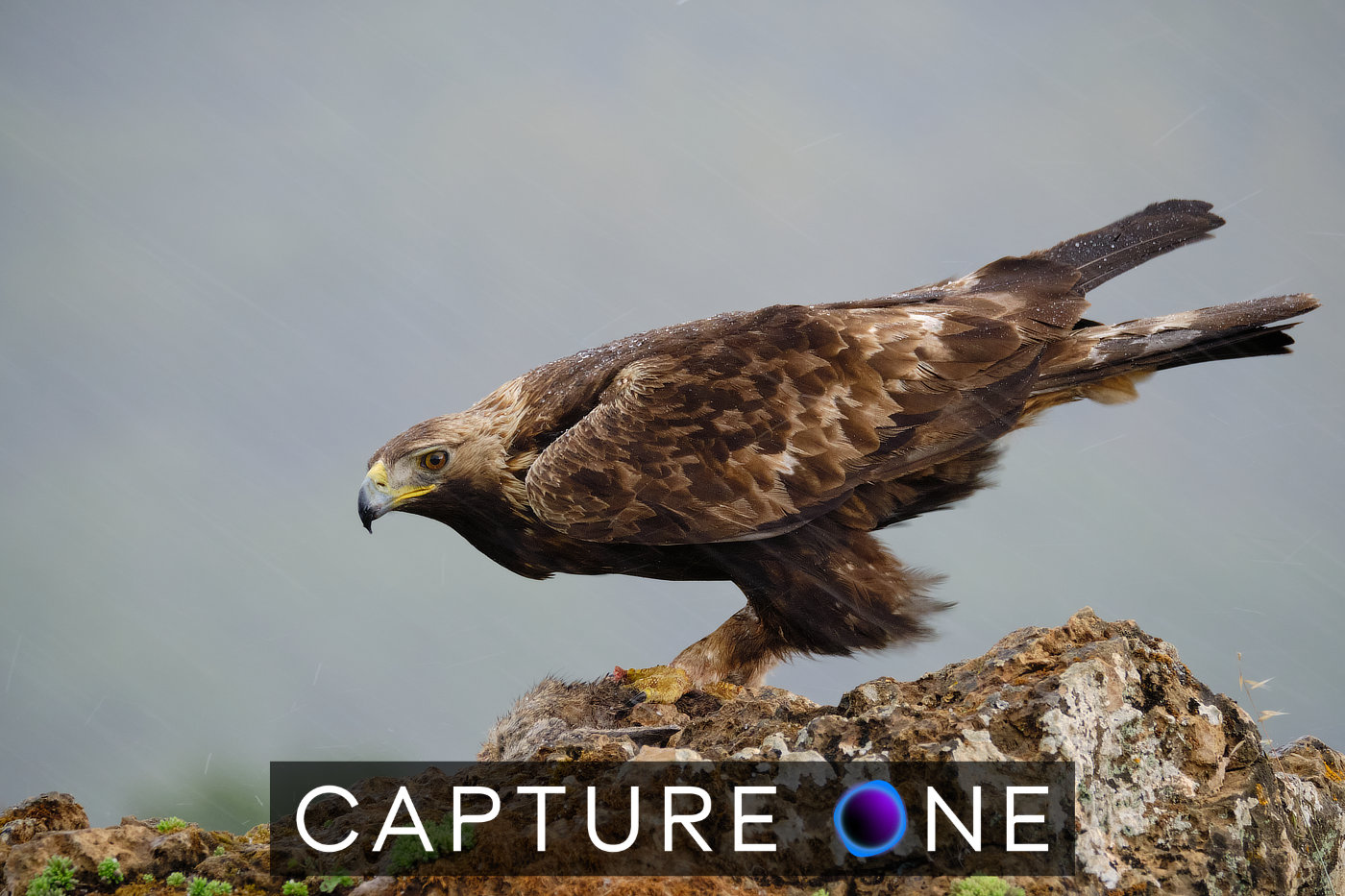
Back in 2007, I was one of the early users of Adobe Lightroom and I continued to use it extensively, including the subscription model, up until early in 2020.
After my transition to the Fujifilm X system, I became increasingly disillusioned with the rendering of .RAF raw files in Lightroom.
I’m not knowledgeable enough to go into technical details about how different software demosaics or renders the data from raw files. From my own research, it would seem Lightroom assumes all raw files originate from a ‘bayer’ type of camera sensor.
As we know, well you probably will know if you use Fujifilm cameras, the Fujifilm X cameras have a X-Trans sensor, not bayer. As a result, Lightroom can introduce strange artifacts and patterns in the photograph in the demosaic process.
IS IT REALLY AN ISSUE?
Not to everybody. If you don’t notice it, or it doesn’t bother you, great! Also, there are solutions available for Lightroom and I’ll look at these a little later.
But to many, including me, it is an issue. My own (absolutely untested and unscientific) opinion is that I think these issues are more noticeable in certain textures, foliage and feather in particular.
When I processed my photographs in Lightroom, “pixel peeping” or not, I saw the problems. We pay a lot of money for good quality cameras, lenses, filters, tripods etc. and for the software too. Why accept compromise? I want the software that is most capable of using the raw data to produce the best quality possible.
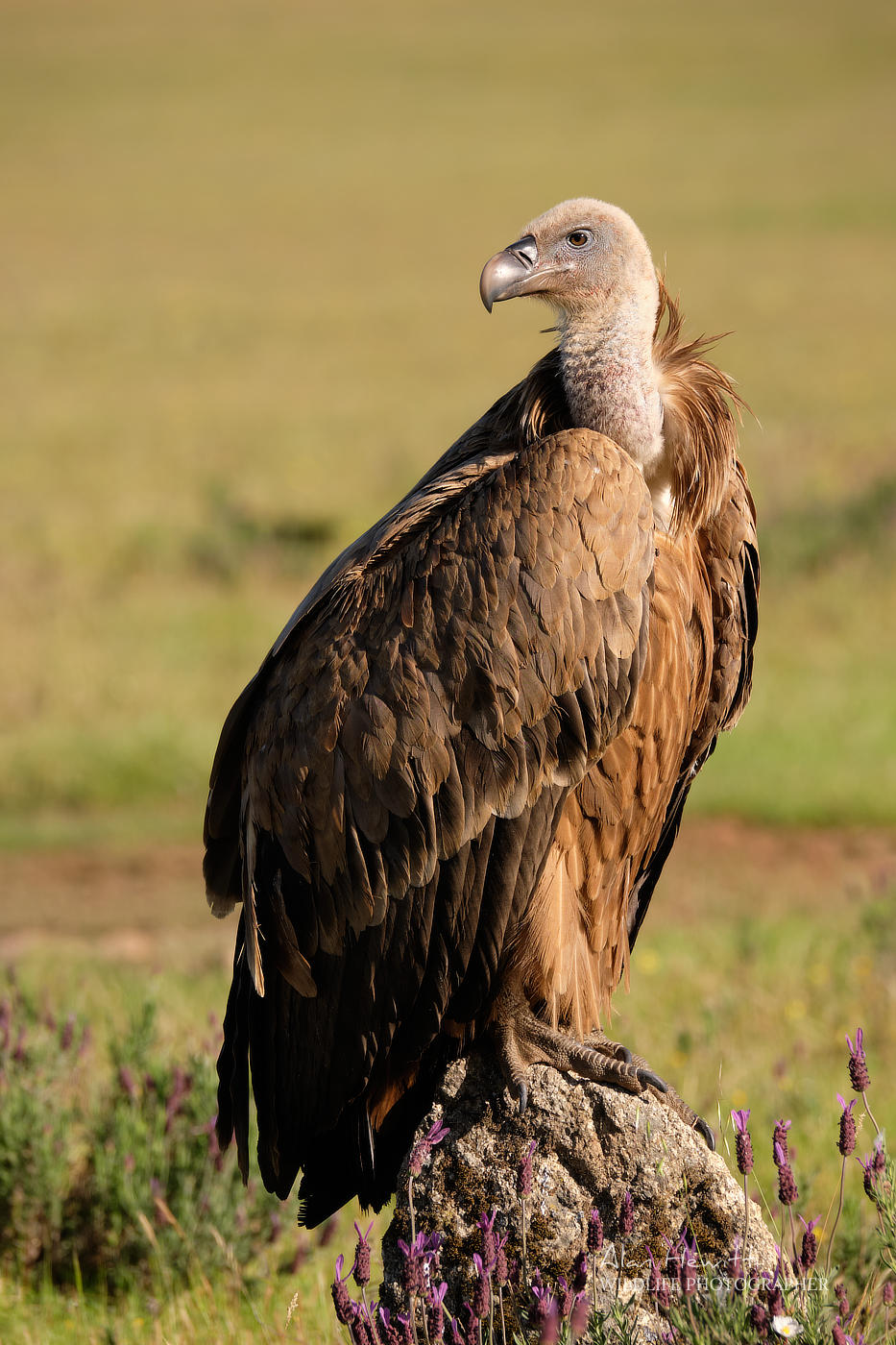
LIGHTROOM SOLUTIONS
One of the simplest solutions was to tweak the default sharpening settings or remove it completely. It’s not ideal though as the problems were still there, just less noticeable and sharpening on a raw file is usually necessary. I also prefer to use sharpening selectively on areas in the focal plane.
I also tried using a third-party plugin called Iridient X-Transformer. This paid plugin demosaics the raw file rather than Lightroom and produces a .DNG copy of the .RAF file for further processing.
Not only did I find the large .DNG file it produced prohibitive for working on and storage, the multitude of options were rather over-whelming. Maybe it just needed more time to experiment, but I didn’t want another large file for each photograph and I also didn’t want the extra step with additional third-party software in my workflow.
A short time before I abandoned Lightroom, Adobe introduced a process called ‘Enhance Details. This uses artificial intelligence (according to Adobe) to…
“approach demosaicing in a new way to better resolve fine details and fix issues like false colors and zippering. Enhance Details uses machine learning—an extensively trained convolutional neural network (CNN) to provide state-of-the-art quality for the images that really matter. Enhance Details works well on both Bayer (Canon, Nikon, Sony, etc) and X-Trans (Fujifilm) raw mosaic filters.”
It sounds great in theory, but just like Iridient X-Transformer it also produced a huge .DNG file! It also took quite a lot of time to tap into its convolutional neural network and all that jazz! Maybe that was down to my computer’s age, but this is what I have to work with. Ultimately though, I found it to be a bit inconsistent, sometimes it would soften fine detail and occasionally, it would produce faint repeating patterns.
The more I experimented with these options, the more I became increasingly disillusioned with Lightroom. So much so, I decided to give Capture One Pro a try, specifically the Fujifilm version.
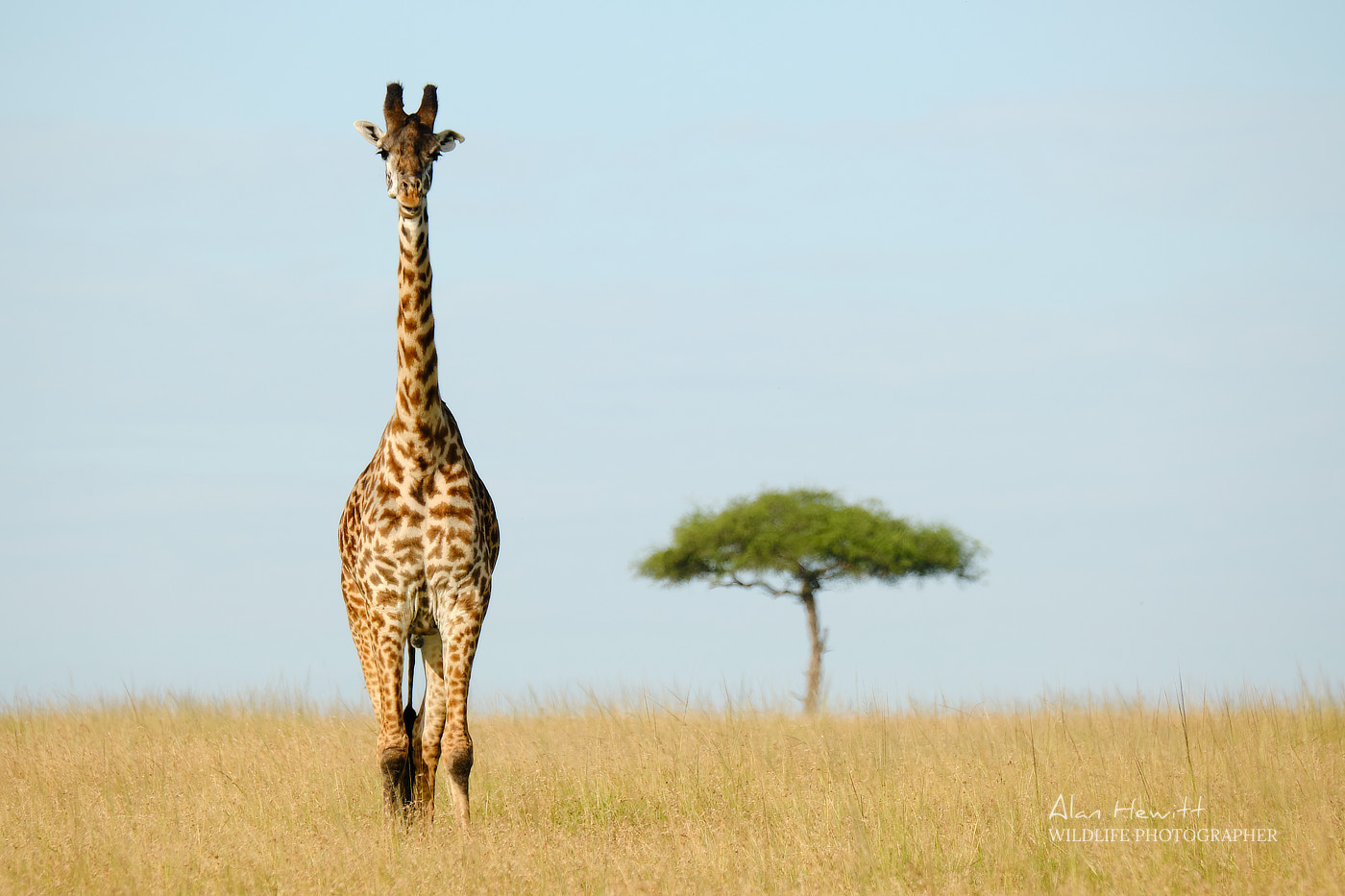
CAPTURE ONE PRO
I decided to downloaded a trial version of Capture One Pro and the improved results were immediately visible. As far as I understand the process, Capture One profiles each individual camera it is compatible with. This means it demosaics photographs from Fujifilm’s X-Trans sensor much more effectively rather than assuming the raw files are created using a bayer sensor.
Given my familiarity with Lightroom, it took a while to find my way around Capture One. The ‘migration’ option was a great help. This sets Capture One up in a similar user interface to Lightroom and I still use that now, albeit with a few tweaks of my own.
As well as solving the demosaicing artifacts rendered in Lightroom, I also found shadow recovery to be cleaner, improved noise reduction, cleaner sharpening and working on layers with masking by luma and colour ranges to be useful and work very well.
As my Capture One trial period came to an end it was decision time. I was still struggling with the interface, but thirteen years of using a piece of software extensively means alternatives will feel unfamiliar!
My conclusion was based upon a couple of simple questions (to myself).
If the small software company who make Iridient X-Transformer can demosaic files much better than Adobe, and Capture One can also, then why can Adobe not, or why do they choose not to address this issue properly?
They’ve had plenty of time to look at these issues and although improvements are forthcoming, they are slow and still far from ideal.
So, why should I continue to pay monthly subscriptions to Adobe and not be fully satisfied with the results or have to rely on problematic work-arounds?
I’ve now been using Capture One for just over a year, barely a day goes by without it being used and I’m much more proficient now. When I made the decision, I dedicated a couple of full days to watching a range of excellent online tutorials and I still tune in to regular Capture One webinars. Together these have been a great help and if you are in a similar position to that described in this blog, it is worth persevering and I recommend using these easily available resources.
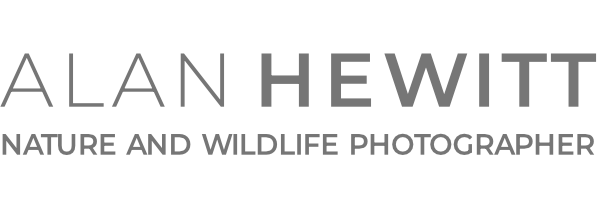

Great article, Alan. I too have now made the commitment to Capture One after a long period of time going back and forth. Also, I was on Lightroom 6, which is getting pretty old now. Question for you. Do you use the Fuji Film SIM profiles in Capture One or do you use one of the C1 ones? Your images have a great uniformity of colour and style through them. Very consistent processing.
Hi Drew, I often experiment in C1 with the profiles. In raw, I don’t believe you can use the actual Fujifilm versions, only the Capture One versions. I use Provia mostly and as a starting point for other adjustments. It’s worth experimenting with others though – depending on the colours I may use Velvia too and making some adjustments to the white balance and tint can produce some pleasing colours. Thanks!
I don’t quite understand: 1) I never had problems with the X-Trans files in LR 2) I was convinced that C1 does not process X-trans (like DxO)
Hi, Good news that you don’t experience any issues or have any concerns on LR. C1 certainly does process X-Trans, they also have different Fujifilm specific versions of their software available, an express ‘free’ version with limitations and also the full version.
I love and hate Capture One, sometimes at the same time. What it does to my images is amazing. Absolutely amazing.
How it manages them is definitely not. I’ve developed a neither Session or Catalog workflow and use a copy of LR 6 for DAM. Wish I didn’t have to, but there it is. Cataloging in C1, at least on the Windows platform. Is broken. They are aware of it, and either won’t or can’t fix it.
I am between C1 and Lr and makes it difficult to change over to C1 as I find some aspects very “clumsy”. The import and Export process to my is annoying and I understand the need for options. In most instances the default option is the easy option and if you need all the alternatives you open the options and select. C1 start with complexity and stupid like me needs to spend frustration trail and error to work out simple. the same with exports and getting my water mark on the exported image or not. Then I find that I need to do a lot more work tweaking files. I agree the output is more to my liking but as very few images go for print or media the rest as social media posts needs faster and easy. So do I still maintain Lr and its catalog system with all my Nikon and Sony images of the past and then use C! just for Fuji? or do I use C1 just for selected files? This for me is too complicated and against my being of keeping things simple. Unless Alan, you can offer a tutorial on imports and exports and Catalog management in C1. But for me, those are the deal breakers.